Standards
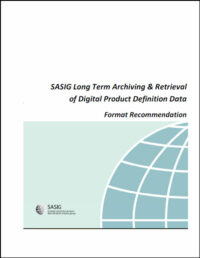
Long Term Archiving & Retrieval of Digital Product Definition Data : Format Recommendation – SASIG
The SASIG Long Term Archiving & Retrieval Project is developing a set of recommendations to guide companies to effective and efficient archival and retrieval practices. This document addresses the set of format recommendations. In particular this document aims to provide a company with the key functional and technical elements to consider when choosing an archival format(s).

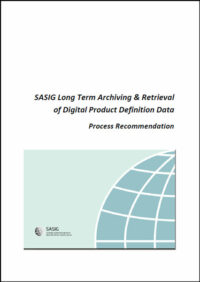
Long Term Archiving & Retrieval of Digital Product Definition Data : Process Recommendation – SASIG
This document aims to provide a company with the key activities, inputs, outputs, controls and mechanisms needed to fully support the long term archiving and retrieval of product definition information. Using official standards as the foundation framework, the SASIG Long Term Archiving & Retrieval Project developed seven comprehensive process flow models depicting the activities and data flows needed to support archival and retrieval from the automotive perspective.

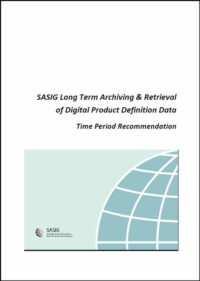
Long Term Archiving & Retrieval of Digital Product Definition Data : Time Period Recommendation – SASIG
This document aims to provide an organization with the key functional and technical elements to consider when choosing a LTAR time period for a particular artifact of product data. Such a period should be retained to meet governmental or organizational requirements. These constraints can be associated with the intellectual property verification and validation; maintenance and repair actions; legal obligations associated with patent litigation, product liability, and tax considerations; and an organization’s design knowledge preservation desires. By correlation, the time period recommendation can be used to determine routine and timely disposal of a product data artifact.

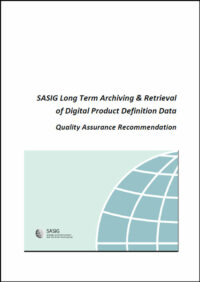
Long Term Archiving & Retrieval of Digital Product Definition Data : Quality Assurance Recommendation – SASIG
This document aims to provide a comprehensive explanation of the four checking and validation functions that define the LTAR Quality Assurance strategy.
The four functions are: Product Data Quality (PDQ) Check, Archival Rules Check, Fixity Check, and Equivalence Validation. Included is a detail description of what each function does, why it is needed, and when it should be performed.

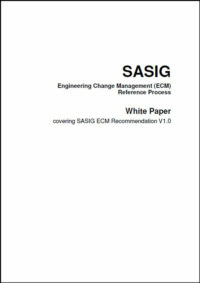
ECM Reference Process – SASIG
This document is an addendum which provides an explanation of the SASIG ECM Reference Process.
Its purpose is to describe additional aspects which are not explicitly covered by the SASIG ECM Recommendation due to various reasons, but which seems to be necessary in order to get familiar with the ideas behind the SASIG ECM Recommendation.

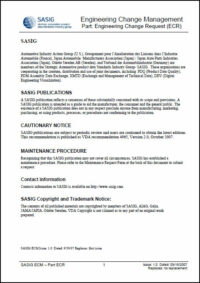
ECM Recommendation Part 1 (ECR) – SASIG
This chapter provides an overview of the fundamental principles and key phases of the ECR Reference Process.
It describes the solution approaches upon which the ECR recommendation is based.

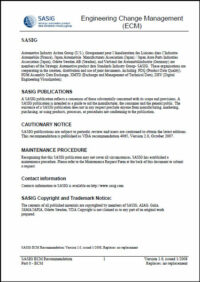
ECM Recommendation Part 0 (ECM) – SASIG
This recommendation aims to provide support for ECM processes with respect to the communication of change data between customers and suppliers using standards such as ISO10303-214 (STEP AP214) and PLM Services from the OMG.

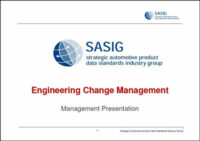
Management Presentation – SASIG
This document presents the motivation, vision, scope and expected benefits that SASIG Engineering Change Management work group anticipates from its works.
It explains what interaction scenarios, defined messages and data model to be used to support ECM processes between customer and supplier using existing standards like PLM Services, STEP and XML.

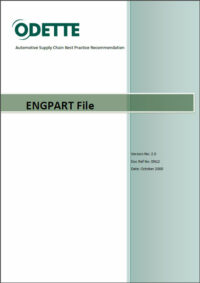
ENGPART V2 (version anglaise)
This recommendation describes the format for information exchange needed to establish the communication between end-users. It includes corresponding administrative data used for exchange of CAD/CAM date with ENGDAT.

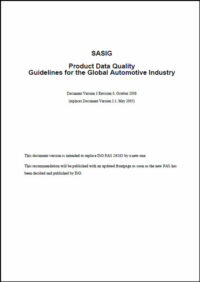
Product Data Quality Guidelines for the Global Automotive Industry – SASIG
Product data quality is a measure of the accuracy and appropriateness of product data combined with the timeliness with which those data are provided to all the people who need them.

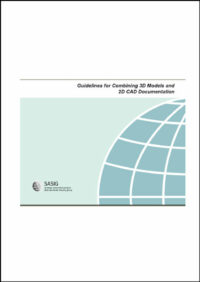
Guidelines for Combining 3D Models and 2D documentation
The automotive industry has increased the use of 3D CAD systems, beginning with the development stage and moving toward manufacturing and customer support. Traditionally, 2D drawings have been the medium used in manufacturing. Standards and best practices have been well established and universally adopted. Although 3D models are becoming more widely accepted and used, there are no standards, resulting in various problems being experienced within the automotive industry. The SASIG consortium has completed a project to establish standards for combining 3D models and 2D drawings. The results hereby published are these guidelines for combining 3D models and 2D CAD information. This document complements the “SASIG 3D Annotated Standard” recommendation.

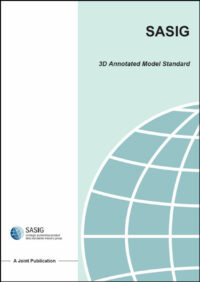
3D Annotated Standard
Today’s technical drawings usually include a combination of a 3D model and a 2D drawing. Tomorrow’s technical drawings will incorporate only a complete annotated model containing all of the information necessary to manufacture a part. This document follows closely and intends to complement the enhance the content of the ISO 16792 standard “Digital Product Definition Data Services” by addressing all the types of information required in a technical drawing within a 3D model. This recommendation defines how to document all the information necessary for all areas (i.e. design, manufacturing, service) in a product creation process. This document complements the “SASIG Guidelines for Combining 3D Models and 2D documentation”.

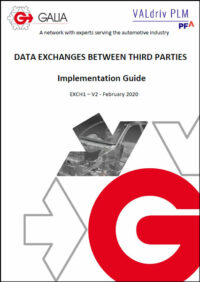
Data exchange between third parties Guidelines
This document is a guide for implementing exchanges between the various CAD and PLM platforms used in the French automotive industry. This guide is dedicated to all users and provides information for understanding and mastering the different exchange formats, as well as their use in daily exchanges, in the context of the various identified use cases. It presents the data exchange standard business cases used in the French automotive industry and what are the recommendend standards for each situation.

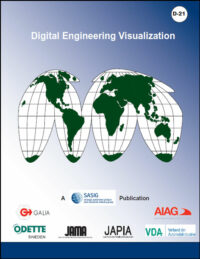
Digital Engineering Visualization
This document identifies what Digital Engineering Visualization technology is, and how it can be utilized. From within the Automotive OEM & Supplier membership, key players have made a concentrated effort to identify the tools and technologies that can significantly enhance the industry’s ability to decrease its costs and time to market. The document also covers the who, when, where, and why of utilizing Digital Engineering Visualization tools.

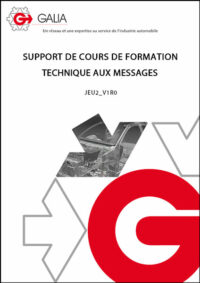
Support de cours de formation technique aux messages
Ce document comporte l’ensemble des supports de cours GALIA de la formation technique aux messages DELINS V4, CALDEL V1, KANBAN V3, AVIEXP V5, STOACT V2 et INVOIC V5.

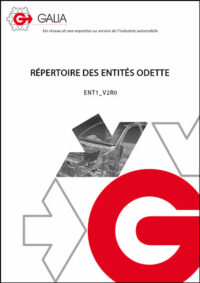
Répertoire des entités ODETTE
Ce document contient toutes les entités utilisées pour modéliser la dernière version des messages ODETTE. Ce document est complété par un autre intitulé Références croisées Entités – Messages – XRF1_V2R0.

